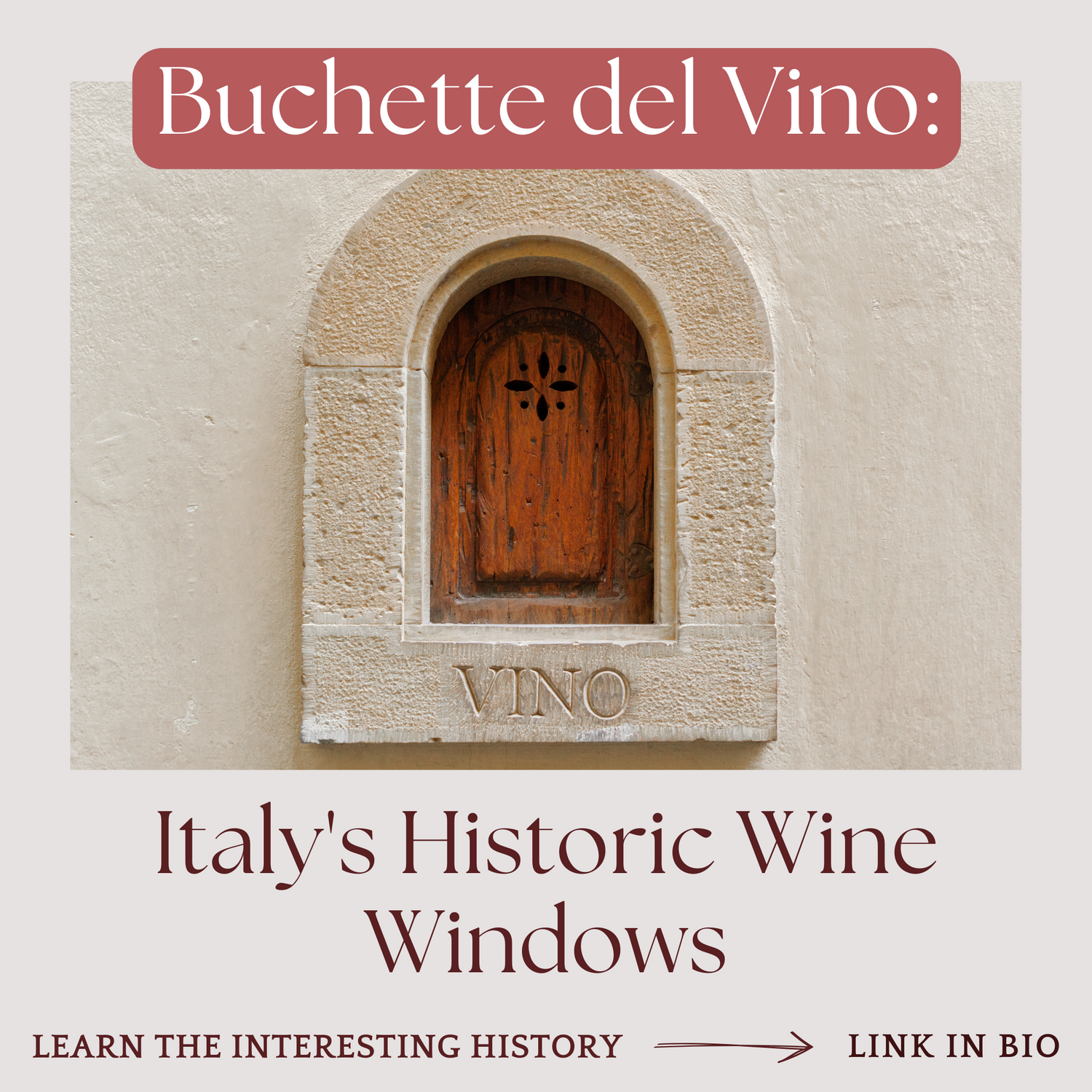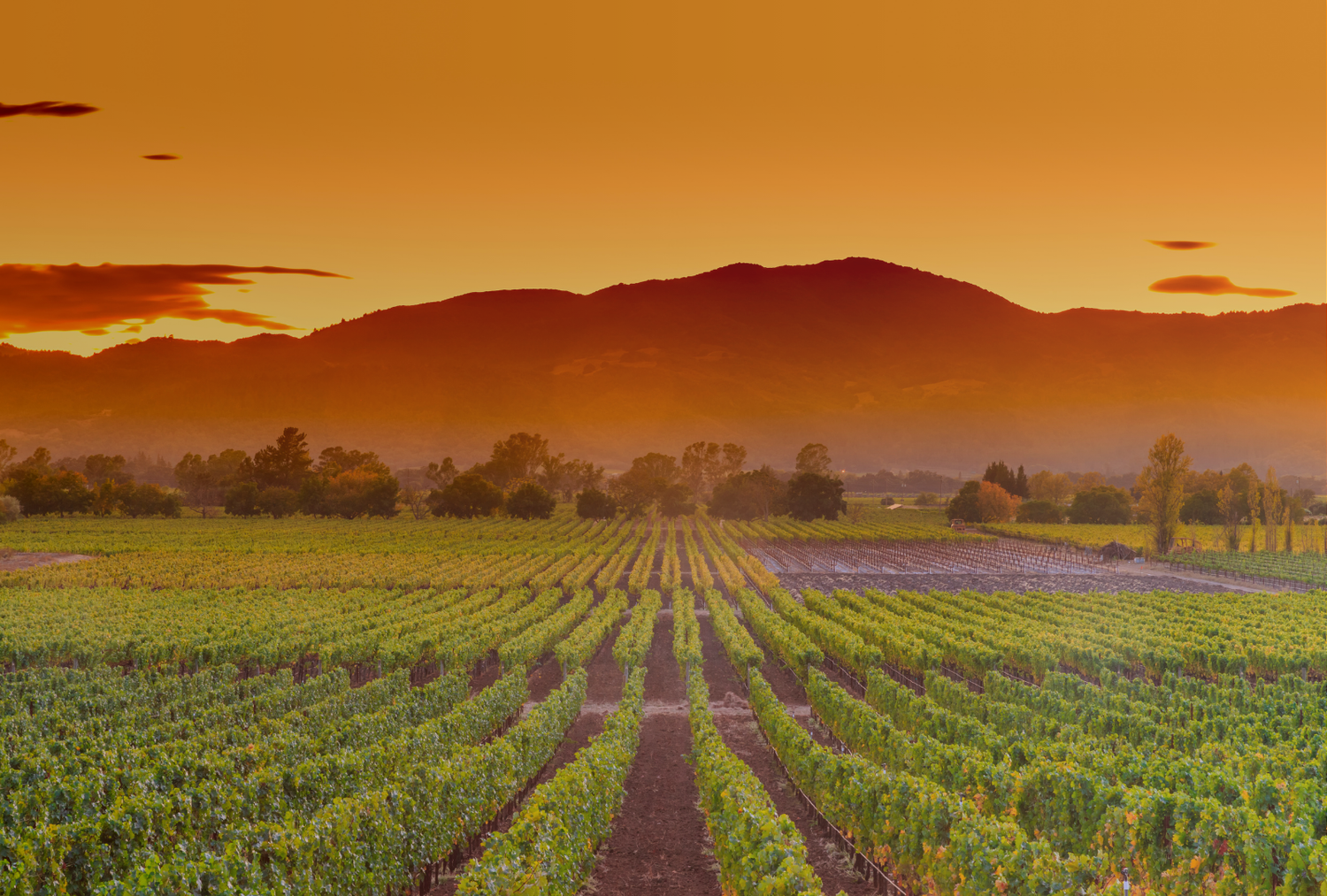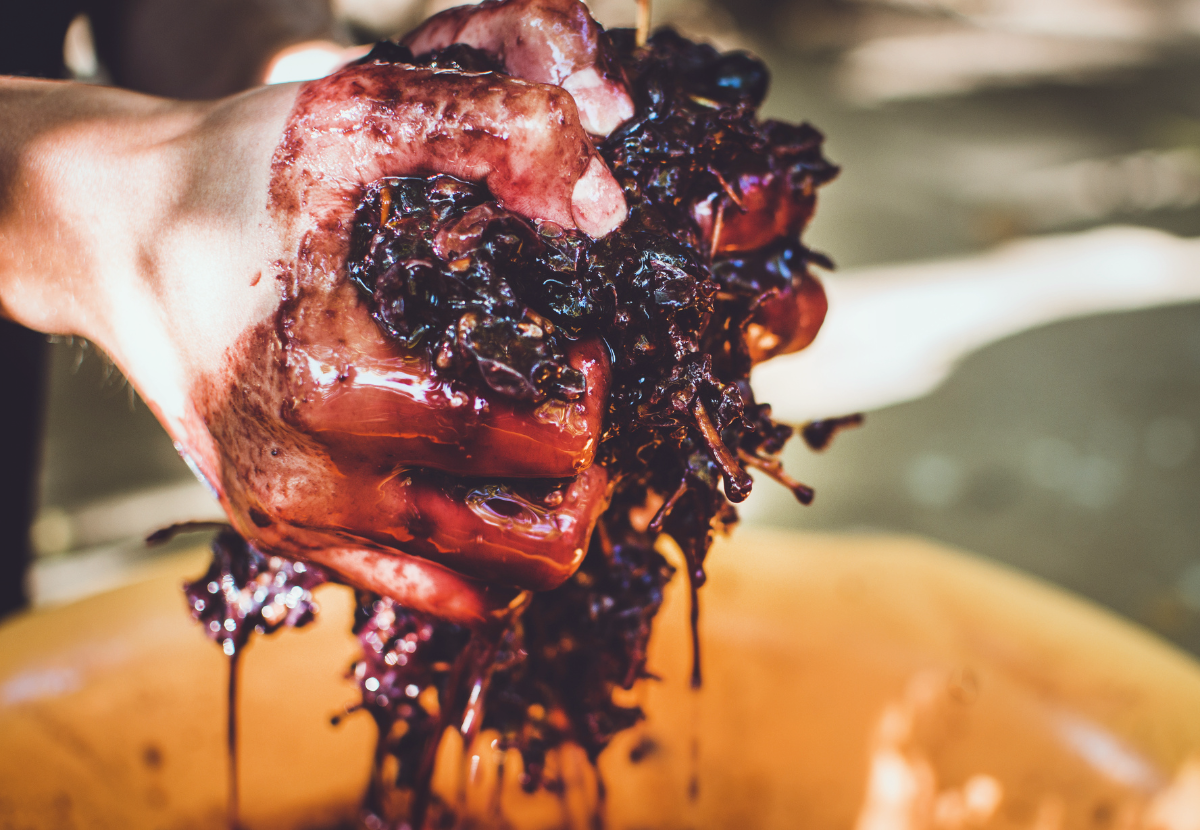
In the heart of Tuscany, particularly in Florence, small architectural features known as buchette del vino, or "wine windows," offer a unique glimpse into Italy's rich wine heritage. These quaint openings, typically about 30 cm tall and 15 cm wide with an arched top, are found in the walls of historic palazzos and have a storied past that intertwines with the region's social and economic history.
Origins in the 16th Century
The inception of the wine windows dates back to 1559 when Cosimo I de' Medici, Grand Duke of Tuscany, permitted agriculturalists to sell their wine directly to consumers from their residences. This decree allowed noble families, who owned vast vineyards, to distribute their wines without intermediaries, effectively bypassing certain taxes and the influence of wine guilds. Servants would pass flasks of wine through these small openings, facilitating a direct and efficient transaction between producers and consumers.
Design and Placement
Wine windows are typically located next to the main front door of large palaces of wealthy land-owning families and were often connected directly with a storage area or cellar. They are usually at eye level to facilitate the transaction, although a few are located at foot level, with direct access to the wine cellar.

Image from: https://buchettedelvino.org/
Resurgence During the COVID-19 Pandemic
During the COVID-19 pandemic, a few buchettas were reopened to serve their original function again. Food, drinks, and gelato were sold through these windows, providing a safe and socially distant method of service. As of 2023, about seven buchettas in Florence are open, serving wine and other drinks, with many more visible but blocked or bricked up.
Preservation Efforts
The Associazione Buchette del Vino (Wine Windows Association) has been instrumental in mapping and seeking protection for these historical features. Their efforts have brought renewed attention to the wine windows, ensuring that they remain a cherished part of Florence's architectural heritage.
For a visual exploration of these fascinating historical features, you might find the following video insightful:




